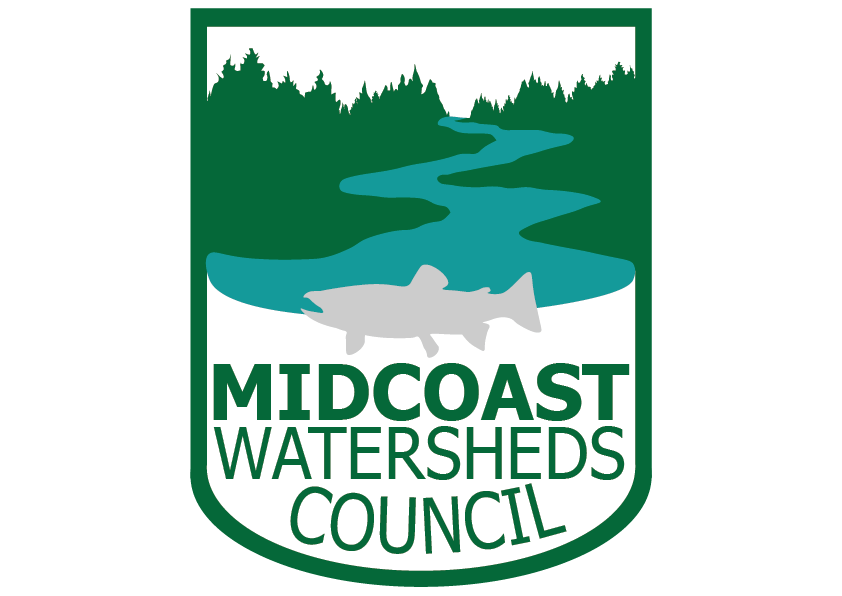The Salmon River is a coastal river located in western Oregon, USA. The river has a rich history, dating back thousands of years to the indigenous peoples who inhabited the area. The river provided an abundant source of food and was a central part of their culture and way of life.
In the late 1800s, the Salmon River Valley became a hub of logging and commercial fishing activity, leading to significant changes in the river's ecology. The construction of dams, road development, and logging operations led to increased sedimentation and erosion, and degraded water quality. These activities also contributed to the decline of salmon and steelhead populations in the river.
In the mid-1900s, efforts began to restore the Salmon River's estuary, which had been heavily impacted by human activity. The restoration project aimed to remove dikes and restore the estuary to its natural state, which would provide crucial habitat for fish, birds, and other wildlife. The project was a collaboration between government agencies, nonprofit organizations, and local residents, and involved extensive planning, research, and community engagement.
Over several decades, the restoration efforts in the Salmon River estuary have been successful in creating more than 500 acres of estuarine habitat, including tidal channels, mudflats, and salt marshes. This restored habitat has helped to support the recovery of salmon and steelhead populations, as well as a wide range of other wildlife, including migratory birds and river otters. The restoration project has also helped to improve water quality, reduce erosion, and increase the resilience of the surrounding ecosystem to climate change.
Today, the Salmon River and its estuary are valued for their ecological and cultural significance, and are a popular destination for recreation, fishing, and wildlife watching. The successful restoration of the estuary serves as a model for other restoration projects in the region and around the world, demonstrating the potential for collaborative efforts to restore and protect valuable natural resources.
